Patagonia spreads across two countries, Chile and Argentina, in the southern part of America. The region has the potential to be every trekker`s dream. The main reason for that is the fact that the terrain is varied and never gets repetitive. Lakes, rainforests, fjords, glaciers, the Pacific Ocean in the west, and steppes, tablelands, deserts, and the Atlantic Ocean in the east. In this article, you will discover some of the most desired Patagonia trek trails as well as hits where to stay.
Chilean vs. Argentine Patagonia
The Chilean side is considered to be more tourist-friendly with more amenities. Patagonia on the other hand is more rugged, remote, and suitable for those who value raw beauty and solitude.
Chilean side
Airports like Punta Arenas and Puerto Natales are the main gateways to all popular trekking spots. The country has a scenic highway Carretera Austral that allows cars to access some remote regions. Thanks to its developed infrastructure it is easy to reach national parks like Torres del Paine. Chilean ecosystems are very diverse. There are some iconic glaciers like Grey, Balmaceda, and Serrano. Watching wildlife is a common practice too. You can spot animals like guanacos or condors.
Argentinian side
The main access is through airports like El Calafate, Ushuaia, and Bariloche. The road networks are usually well-maintained and some popular destinations like El Chlatén are easily reachable by bus. The infrastructure as mentioned before is less developed. Only areas like El Chlatén, or El Calafate offer accommodation and services. But they can get easily crowded especially in peak seasons. The landscapes available for trekking include places like Fitz Roy Range, Cerro Torre, or Laguna de los Tres.
Popular trekking trails
Torres del Paine Circuit (O Trek)
This trekking route is situated in Chilean Patagonia. The best way to get there is from Punta Arenas. Take a bus to Puerto Natales, which is the nearest town to the park. It is about an hour and a half to two hours long drive.
The route`s weather conditions change a lot. Expect high winds and shifting conditions. The whole trek will take you around 7 to 9 days to complete. It is 130 km long and suitable for experienced hikers.
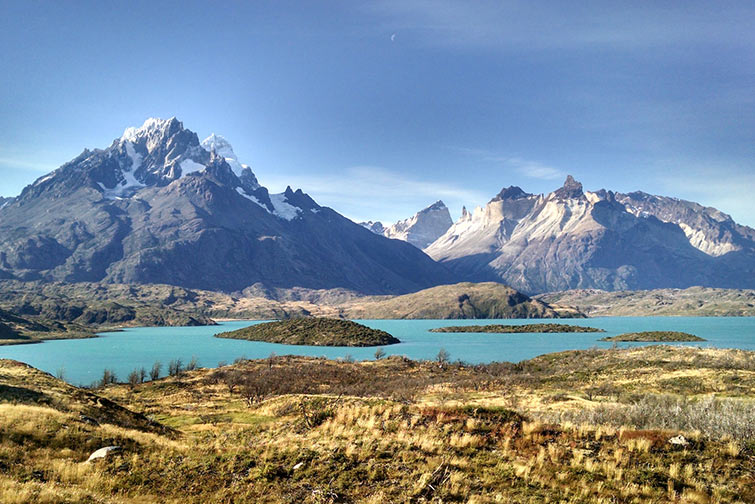
Its history dates back to 1959. Later it was listed as a UNESCO Biosphere Reserve. Many famous people have trekked in the park including eco-activist Douglas Tompkins, and travel writer Bruce Chatwin.
The Key highlights are the Base of the Towers, Grey Glacier, French Valley, John Gardner Pass (views of Southern Patagonian Ice Field), and Dickson Lake (campsite).
W Trek (Torres del Paine)
The shorter version of O Trek takes around 3 to 5 days to complete. It is 70 km long and less demanding than the O Trek. The route offers many campsites and hostels along the way. It is suitable for beginners as well as experienced hikers. You will see the beginning of the W Trek and its spots like the Base of the Towers, French Valley, Grey Glacier, plus Lake Pehoé.
Fitz Roy Range (Laguna de los Tres)
This trail is part of the Argentine Patagonia. The easiest way to reach it is to take a bus from El Calafate to El Chaltén. And from there, it is just a short drive to the range. The hike is suitable for beginners since you can do it in one day, in 6 to 8 hours. The range is around 20 km long. Its history dates back to the 19th century when a person named Robert FitzRoy, captain of the HMS Beagle, explored the region.
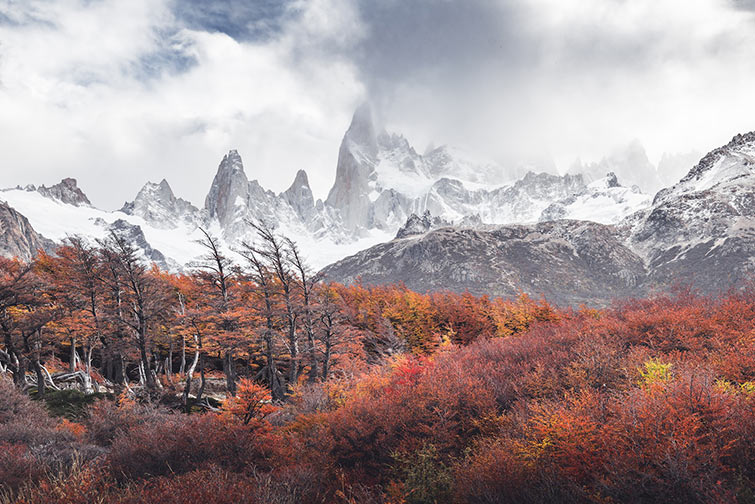
When on the trail you will visit Laguna Capri (popular campsite), Laguna de los Tres (main highlight, close-up view of the Fity Roy massif), and Laguna Sucia (less visited, but impressive and ideal for photographers).
Huemul Circuit
The trek is located in Los Glaciares National Park in Argentine Patagonia. It is suitable more for advanced trekkers since it is remote with rugged terrain, many steep ascents, descents, and river crossings. 4 to 6 days should be enough to complete its 55 km. The route is quite challenging but not very old. Huemul Circuit has been running only since the early 2000s but it already attracted many famous people like John Roskelley.
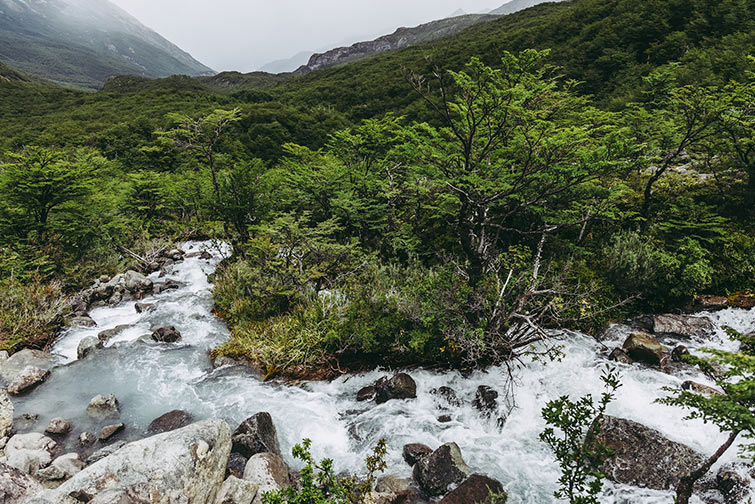
During your journey, you can expect to see Laguna Capri – the trek usually begins with a boat ride across Lake Viedma and a hike to this campsite. Some other key points are Paso del Viento, Loma del Pliegue Tumbado, and Viedma Glacier.
Cerro Castillo Trek
If you want to take this trek you have to visit Cerro Castillo National Reserve in Chilean Patagonia. The easiest way to get there is to fly to Balmaceda Airport and then take a bus or rent a car to Villa Cerro Castillo, the nearest town to the park.
You can finish it in 2 to 4 days depending on the route. The trek is recommended for more experienced trekkers since it has steep sections and rough terrain. Camping is allowed along it as there are not many hotel booking options. One of the reasons why you ain`t going to find many amenities along the way is the fact that the place was opened only in 2015.
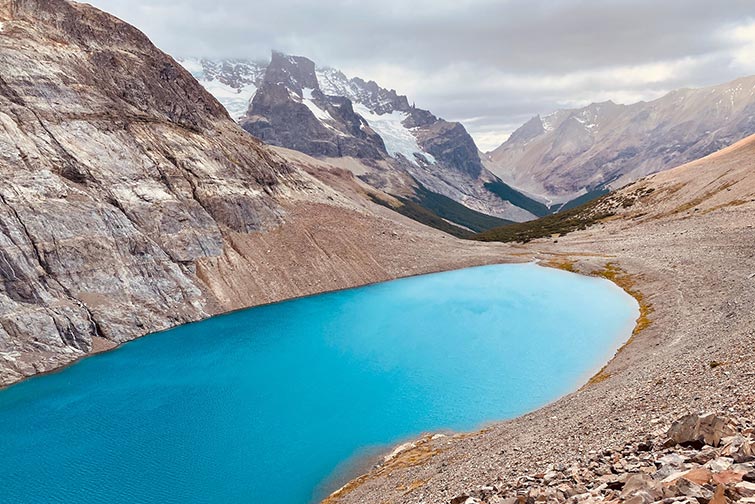
Interesting spots you won`t miss are Cerro Castillo, the most dominant feature of the reserve, Laguna Cerro Castillo, and El Peñón (which involves a steep climb).
Dientes de Navarino Circuit
Located on the southernmost tip of Chilean Patagonia on Navarino Island. Navarino Island and its surrounding areas have been inhabited by indigenous people. The trekking circuit is just one of the modern and not-very-old additions to the region.
You can reach it by ferry from Puerto Williams, the nearest town to the trek. It will take around 5 to 7 days to complete it – it covers around 53 km. The place is truly off the grid filled with steep and rugged terrain, unpredictable weather conditions (frequent rains and snow), and the absence of well-marked trails.
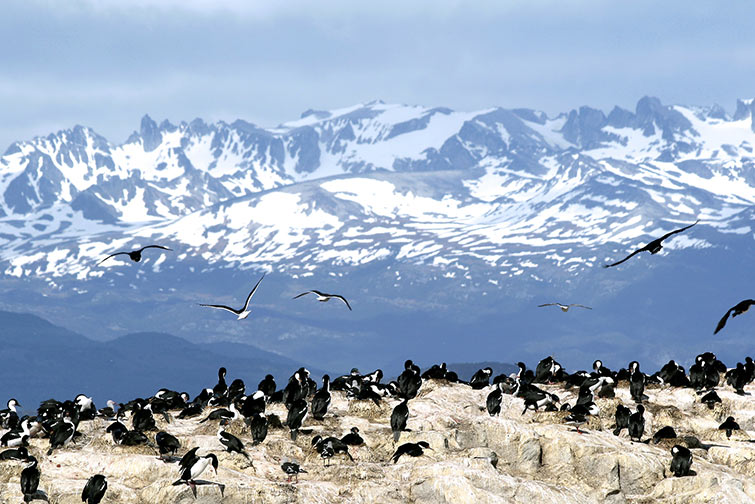
Laguna del Salto (glacial lake), Cerro Dientes, and Laguna Martillo (lake with a campsite) are some of the key points you will find on your way.
Tierra del Fuego National Park
The park lies on the Argentine side of the island of Tierra del Fuego. Visitors can reach it by a short drive from the city of Ushuaia, the world`s southernmost city. Its history is closely related to indigenous people like Yaghan and Selk`nam. Notable people who have explored the region include Charles Darwin during his voyage on the HMS Beagle.
The duration of your visit will depend on what you want to see and how deep you want to go inside it. Some people may only visit it for a few hours, usually to explore the coastline, while others can spend the whole day or even more hiking the trails inside the park. In general, the park is suitable for all levels of travelers, for beginners as well as more advanced.
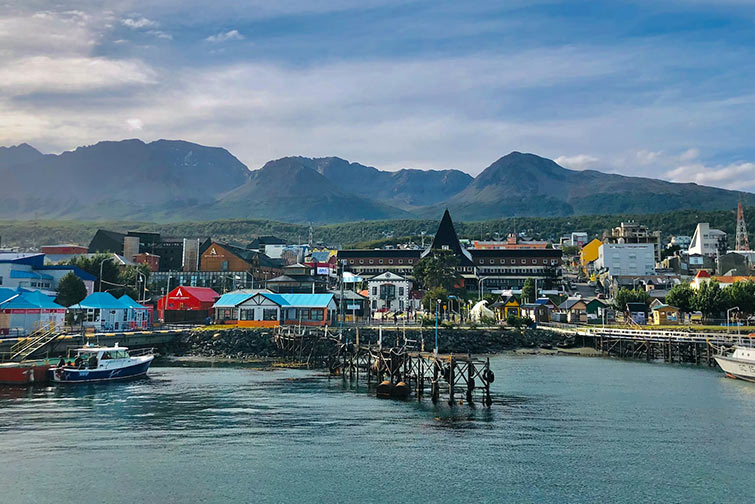
While inside you will be greeted with stunning landscapes like subantarctic forests, coastal areas, and rugged mountains. The trails are well-marked and you can also encounter a lot of unique wildlife.
Await to explore Ensenada Bay (coastal area with views of Beagle Channel), Lago Roca (glacial lake), and Lapataia Bay (southernmost point of the Pan-American Highway).
Jeinimeni National Reserve
Remote place located in Chilean Patagonia. The closest town to the reserve is Chile Chico (you can take a bus or a car from Balmaceda Airport) – from there you can drive the road that leads to the reserve. But the drive will be very challenging.
The duration and difficulty of your trek will depend on your interests and needs. Ranging from short day hikes to several days with difficulty levels for a wide range of trekkers.
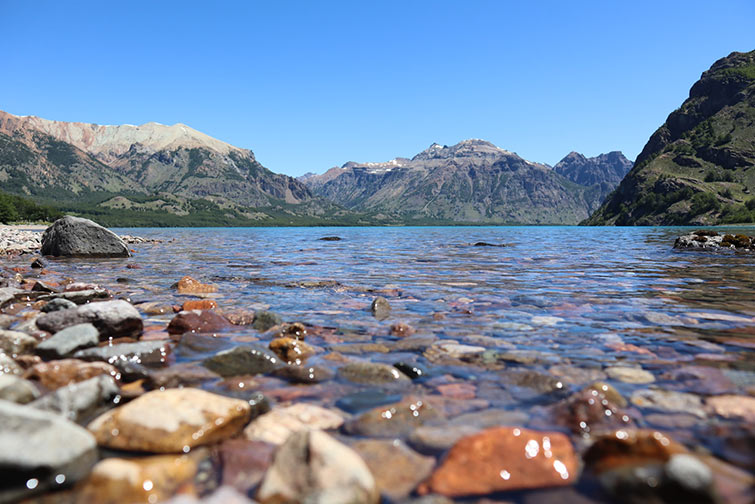
The place is relatively new. It opened in 2011, thus the region is not very crowded and is valued by adventurers who want to feel the untouched beauty of Patagonia.
Key spots include Lago Jeinimeni (glacial lake with mountain peaks, kayaking, and camping), Cueva de las Manos (nearby archeological site), and Lago Verde (glacial lake).
El Chaltén Loop
You will find it in the area around El Chaltén, a small town in Los Glaciares National Park in Argentine Patagonia. The trek is easily accessible from the town`s center. The town was established in 1985 to help secure Argentine territory and promote tourism.
The place has attracted many famous and legendary alpinists such as Yvon Chouinard and Rick Ridgeway – especially to climb the region`s formidable peaks.

The duration of the trial and its difficulty depends on you. Shorter day hikes, or multiple trails combined for extended experience. The region`s terrains are accessible for beginners as well as experienced trekkers.
Mount Fitz Roy, Laguna Capri, Loma del Pliegue Tumbado, and Laguna de los Tres are among some places you can visit that are part of the loop.
Where to stay
Campsites
Many pre-booked multi-day treks in Patagonia will probably involve accommodation only in tents. If you plan to visit the W or O trek in Torres Del Paine it is recommended to book in advance online.
Tents may be the most affordable option on a tight budget. Some campsites come with bathrooms, same with a small kitchen. There are also numerous free campsites throughout the region as well.
Some notable campsites are Torres del Paine (Paine Grande, Grey, Chileno), El Chaltén Campgrounds (Lago Capri, Poincenot), and Laguna de Los Tres Campsite.
Hostels, Hospedajes and Refugios
Hostels are another option. For example:
Erratic Rock Hostel in Puerto Natales (Chile) – has dormitories and private rooms.
La Communidad Hostel (El Chaltén, Argentina) – community focused.
YHA Hostel (Ushuaia, Argentina) – comfortable with views of the Beagle Channel.
Hospadejas are family-run or small guesthouses that come with a more intimate and personalized experience. They can vary and range from simple, budget-friendly to more upscale options:
Hospedaje Lautaro (Puerto Natales, Chile), Hospedaje Tunkelen (El Calafate, Argentine), Hospedaje Las Descalzas (Punta Arenas, Chile).
Refugios are specific to mountainous and remote areas. Mostly mountain huts or lodges along popular trekking routes. They offer basic accommodation, a dormitory-style shelter with bunk beds, communal dining areas, shared bathrooms, and provide meals, or snacks. For example Refugio Grey (Chile), Refugio Cuernos (Chile), Refugio Frey (Argentina).
When to visit
Spring (September to November) when the weather starts to warm up and flowers bloom is a great time for hiking and outdoor activities when the crowds are relatively low.
During summer (December to February) you can expect long daylight hours, and pleasant weather but the places can be crowded, especially the popular ones like Torres del Paine and El Cahltén. Locations near the coast will have windy conditions.
Autumn (March to May) comes with fewer crowds and pleasant weather. Hiking is still doable but the days start to get shorter. The time is excellent for photography, or wildlife viewing.
Winter (June to August) has cold temperatures and usually limited services in some areas.
Visas and permits
Citizens of EU, UK, Canada, US, and Australia don`t need any visas if they don`t plan to stay for more than 90 days. In case you need more you can consult it with your local embassy or you can make a quick border crossing to the other country and return for a renewed 90 days.
Some trekking trails will ask you to obtain a permit before you come and enter the region. Usually places like Torres Del Paine National Park where you also have to show proof of campsite booking.
Sources:
wikipedia.com
tripadvisor.com
lonelyplanet.com
Google Maps and reviews

About Author
Freya
Photographer, artist, content creator, and a solo female traveler since 2017.
